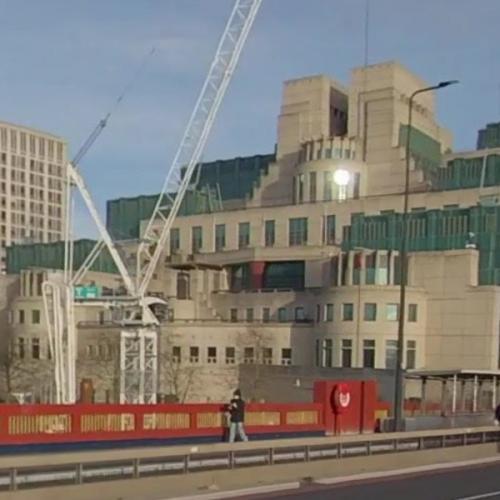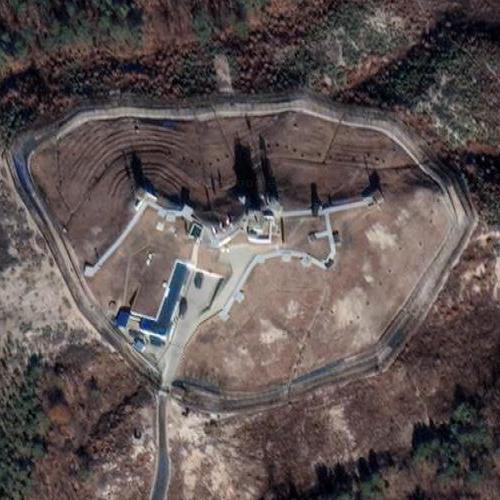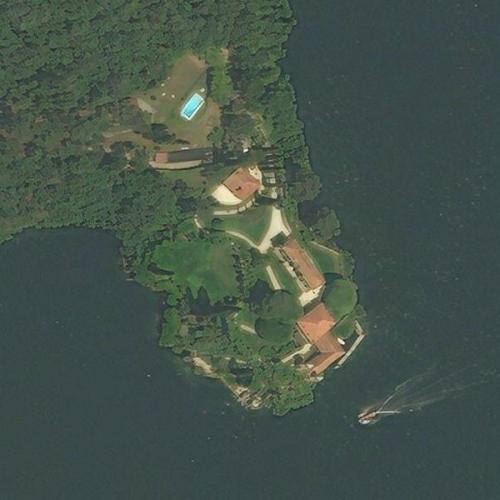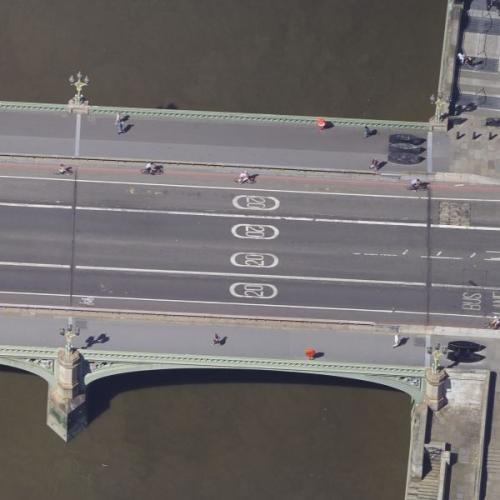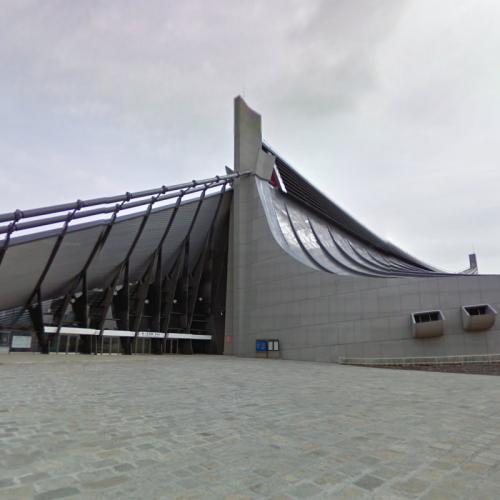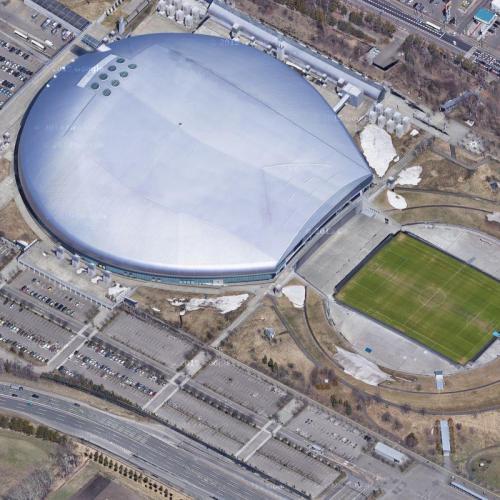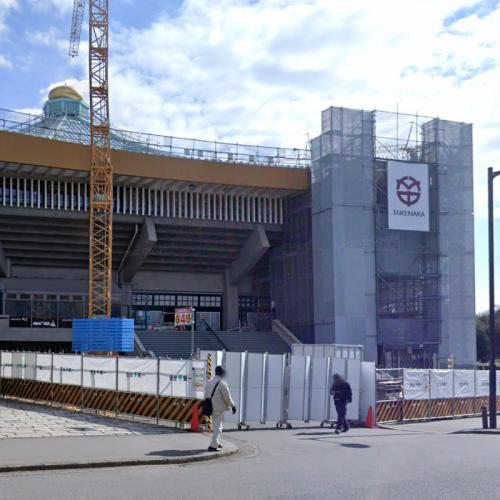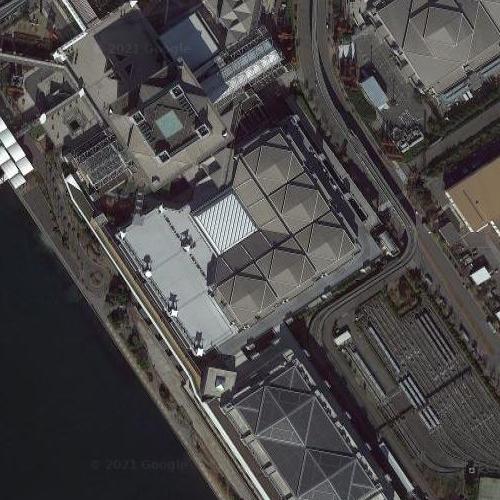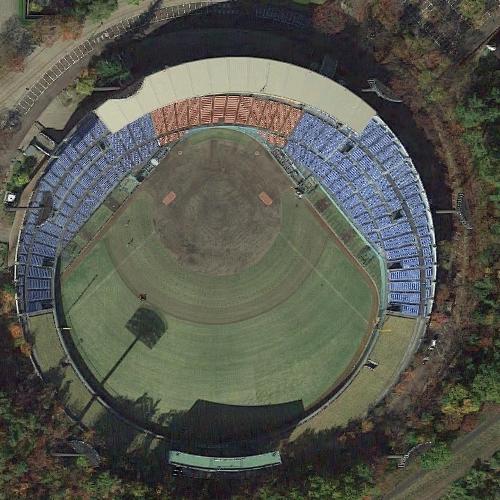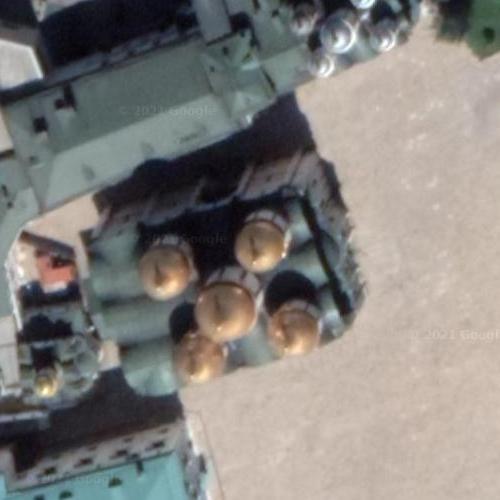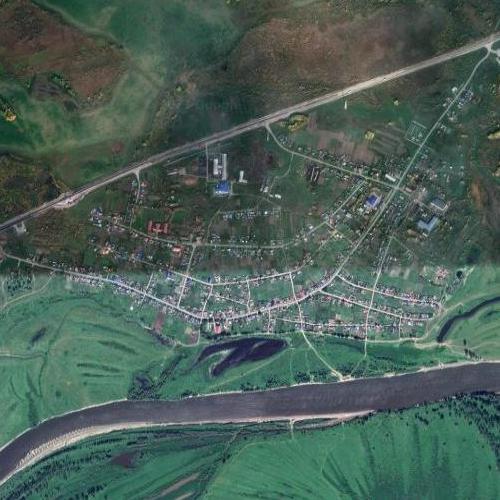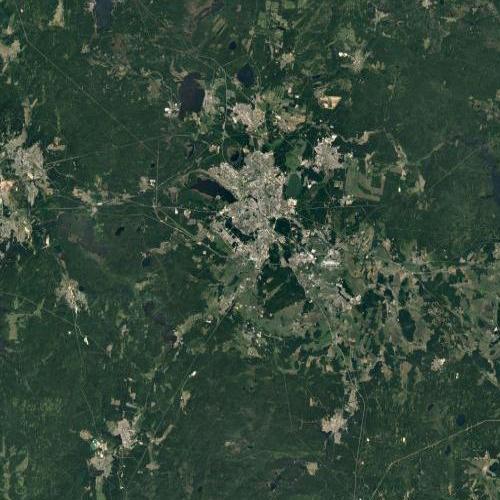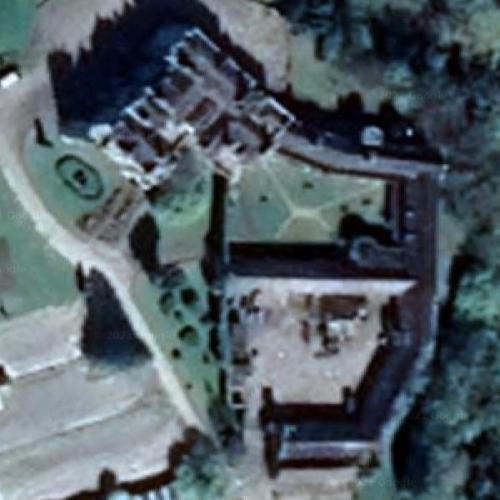Since man could build, there has been an obsession with building bigger, taller, grander structures.
As far back as the Biblical Tower of Babel, people have gone to great lengths to reach the heavens with their buildings. With the advent of steel and the use of advanced engineering in construction, buildings have rapidly grown taller and more massive. What started in the United States in the 20th century has spread throughout the world, and five of the six tallest skyscrapers are in Asia or the Middle East.
The competition to be among the tallest buildings in the world is surprisingly fierce, and definitions differ on what qualifies as part of the building. Some lists include unoccupied buildings, or spires or radio antenna, and others do not, so there are disagreements among the ranking. This list covers the tallest occupied buildings, which reach up to a quarter mile into the sky. Let’s take a look!
Burj Kalifa
Located in Dubai, the capital of the United Arab Emirates, the Burj Kalifa is undoubtedly the tallest building in the world. It is 808 meters, or 2,651 feet, tall, excluding the antenna at the top. The building holds several records, including the longest working elevator, at 140 floors, and the highest outdoor observation deck.
In addition to its height, the building is remarkable in its green design. Among other things, it collects 15 million gallons of water each year, which is then used for irrigating the downtown landscape in the desert city.
Shanghai Tower
The Shanghai Tower in Shanghai China is the world’s second tallest building, and holds the record for the highest observation deck, which is a cool feature for tourists. It stands at 632 meters, or 2,073 feet. This building claims to be the greenest superstructure. It was designed to reduce wind loads on the building, requiring about 25 percent less building material, which has a significant positive impact on the environment. It also has wind turbines built into the structure to provide about 10 percent of the building’s energy needs.
The city can certainly be proud of this super tall skyscraper!
Abraj Al Bait Clock Tower
The Abraj Al Bait Towers is a series of seven skyscrapers in Mecca, Saudi Arabia, with the complex’s Clock Tower coming in at 581 meters, or 1,906 feet tall.
The complex is just a few yards away from Islam’s holiest site, the Grand Mosque of Mecca, and it caters to the constant flow of international visitors to the site. It has a five-star hotel, as well as a five-story shopping mall. There are also residential penthouses at the top of the structure, which put new meaning to “living the high life”.
Ping An Finance Center
The Ping An Financial Center in Shenzen China is currently the fourth tallest building in the world. It was commissioned by the Ping An Insurance Company, and completed in 2017. It stands at 599 meters, or 1,966 feet. Original plans intended to make it the tallest building in China, but it would have interfered with flight paths.
Several daredevils have successfully climbed the exterior of the building, and then posted their amazing and dangerous feats on the internet.
Lotte World Tower
The Lotte World Tower in Seoul, South Korea, stands at 555 meters, or 1,819 feet, and is the tallest building in South Korea and the fifth tallest in the world. The sleek building was designed as a slender cone, with gently curving sides. The structure houses retail space, office space, private residences, a luxury hotel, and several observation decks at the top.
Some of the observation decks have glass floors, which provide a breathtaking, if not fear-inducing, view of the surrounding skyline.
One World Trade Center
For years, the Twin Towers at the New York City World Trade Center were the tallest buildings in the world. All that changed on September 11, 2001, when they collapsed as a result of a terrorist attack. But quickly, the people of New York and the United States committed to rebuilding something special as a way to heal from the attack.
Construction on One World Trade Center, nicknamed “Freedom Tower,” began in 2006, and the skyscraper opened in 2014. It tops out at 541 meters, or 1,776 feet, making it the tallest building in the western hemisphere and the sixth tallest building in the world. The building is part of the newly rebuilt World Trade Center Complex, and has significant features paying tribute to the events, victims and heroes of 9/11. Even if you don’t go inside the building, it is a breathtaking monument to resilience and determination.
The desire man has to reach for the sky has always burned within, and continues to do so. It will be fascinating to see what new marvels of steel, concrete and glass are created out of the curiosity, dedication and ambition of those dreamers in the future.






